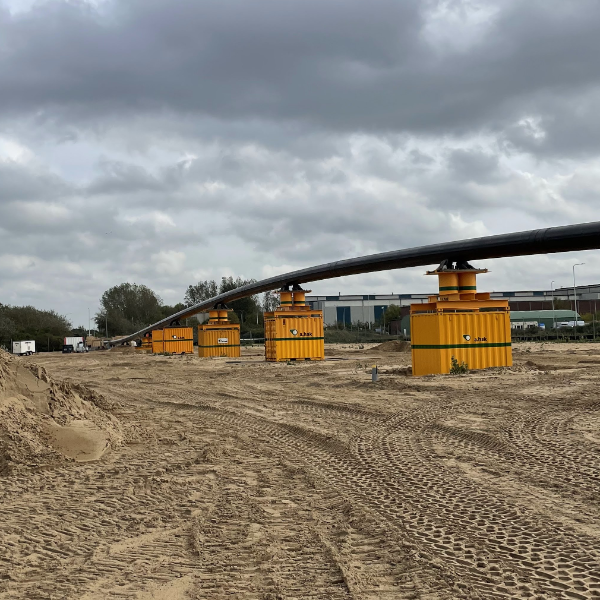New transport pipeline increases PWN’s capacity

New transport pipeline increases PWN’s capacity
PWN, a water company in the province of Noord-Holland, expects the demand for water in their service area to increase due to factors including population growth and growing economic activity. In response, the company is expanding and renovating two production locations. This work includes laying a transport pipeline between the two facilities. Witteveen+Bos handled the preliminary studies, the final design and drilling preparations for this project.
The Jan Legrand production location is being expanded and the Wim Mensink production location is being renovated. A new system that produces more water using membrane technology is being installed at the Jan Legrand facility. This expansion will considerably increase the drinking water production capacity. The post-disinfection step at the Wim Mensink facility is being adapted. Instead of chemicals (sodium hypochlorite), the new system uses a sustainable solution based on UV light. An extra pipeline is also being installed between the Jan Lagrand and Wim Mensink facilities. This will allow PWN to realise overcapacity at the latter location, improve their ability to respond to emergencies and meet the growing demand for drinking water.
Two potential routes
We studied two potential routes for this pipeline, which is 800 mm in diameter and almost a kilometre long. Our work included a geotechnical and environmental soil survey and calculations for the HDD (Horizontal Directional Drilling) work. These calculations were included in the all-in-one permit (omgevingsvergunning) request. We also produced the final design for the pipeline, complete with details of the connections to existing and future pipelines.
Welded on location
The transport pipeline is brought to the construction site in sections and welded together on location. The hole is then bored and the pipeline is pulled through the hole in a single operation. This process must proceed quickly, due to the risk of collapse of the hole. The pipeline must be installed in the correct subsurface layer – at a depth of 15 metres – to minimise the risk of ground heave.
Stricter construction standards
As the pipeline is routed under a Natura 2000 area, stricter standards apply to the construction process. This is why the design includes an emission-free, fully electrified drilling method. For the tendering phase, we prepared the RAW specifications (excavation, hydraulic engineering and road construction rationalisation and automation system), the CROW-500 risk file (guidelines preventing damage to underground cables and pipelines) and the health and safety plan. We subsequently assessed the tenders from various contractors and discussed these with the client.
More information




